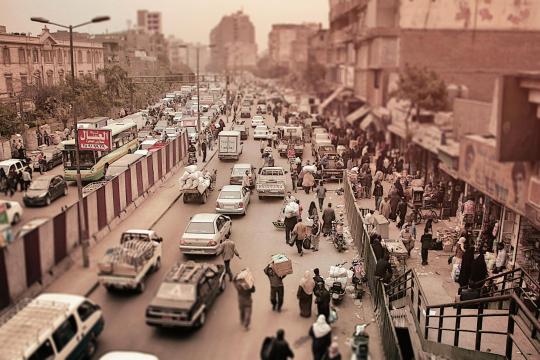Abstract
In recent decades, Egypt has experienced rapid internal migration movements triggered by urbanization, socioeconomic development, and environmental changes. From a literature perspective, few scholarly studies have empirically examined the drivers and welfare impacts of internal migration in Egypt, despite the increasing recognition of its inextricably links to urban sustainability. The present study utilized data from two waves of an Egyptian Labor Market Panel Survey (ELMPS) conducted in 2012 and 2018 and consisting of 63,909 observations to examine factors that determine internal migration decisions and their subsequent welfare effects. The results of the two-stage Heckman selection model indicate that both the determinants of internal migration decisions and welfare outcomes differ appreciably depending on the migration stream as well as the socio-economic characteristics of the migrants. In particular, females were found to be more likely to migrate from rural to urban areas, lending support to the growing literature on the “feminization of migration” in developing countries. The OLS regression results, after correcting for self-selection, make a strong case for the positive welfare gains from internal migration in Egypt. Specially, we found that the welfare gains for older and female migrants are much higher than other age and gender groups. A comparison of the welfare effects between different migration streams shows that all migratory movements were associated with positive and statistically significant welfare gains, except for rural-to-urban migration which was surprisingly found to be associated with significant welfare loss for the migrants. Urban-to-urban migration was found to have the strongest welfare-enhancing effects on all migrant groups. The empirical findings underline a number of research and policy implications for sustainable management of internal migration in Egypt and other countries with similar internal migration trends.
Highlights
-
* Generally, internal migration has a significant positive effect on migrants' welfare.
-
* Drivers & welfare effects vary considerably across internal migration streams.
-
* The findings support the growing literature on the “feminization of migration”.
-
* Older & female migrants achieve greater welfare gains from internal migration.
-
* Rural-to-urban migration is associated with welfare loss for migrants.

